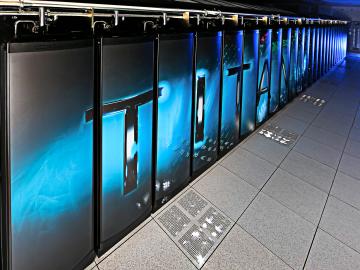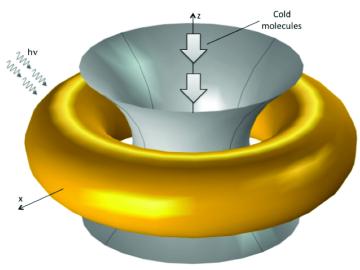
Updated software improves slicing for large-format 3D printing

Oak Ridge National Laboratory gave social media users an exclusive tour of its supercomputer Titan on Nov. 5. Using Periscope, a live video broadcasting service app, Bronson Messer, senior scientist at ORNL's Scientific Computing and Theoretical Physics Groups...










